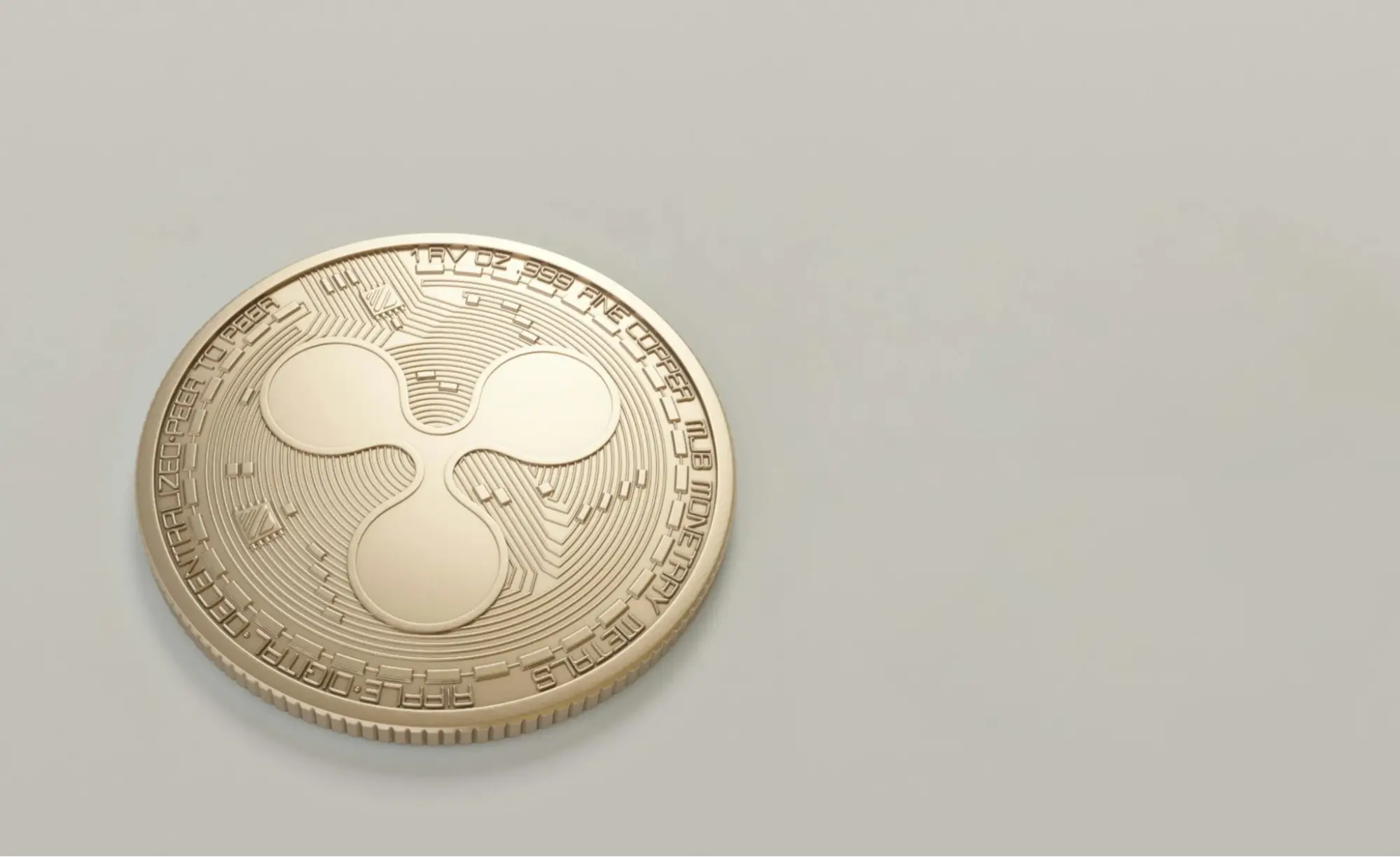- U.S. banks are officially allowed to custody digital assets like XRP.
- Ripple’s infrastructure aligns perfectly with new federal crypto custody guidelines.
- XRP Ledger is built for banks, now backed by regulatory clarity.
A new regulatory statement from the Federal Deposit Insurance Corporation (FDIC), the Federal Reserve, and the Office of the Comptroller of the Currency (OCC) has confirmed that U.S. banking institutions are now authorized to offer safekeeping services for crypto-assets.
This regulatory development is being described as a breakthrough moment for the future of XRP within the traditional banking system.
According to financial commentator Pumpius, this is not speculation but a formal alignment among the top three federal banking regulators. The joint statement serves as a green light for U.S. banks to store crypto assets as custodians of their clients, both with and without fiduciary responsibility.
Also Read: Bitcoin Crosses $118,000 as XRP Extends Rally, Ethereum Nears $3,160
Practically, it now enables American banks to custody digital assets such as XRP directly on behalf of both institutions and retail clients through the established frameworks.
The definition of safekeeping as outlined in the statement refers to the practice of custody of a crypto-asset on behalf of a client. No new laws are implemented; instead, current legal frameworks and internal risk-management guidelines will control the way financial institutions carry out these services.
🚨 XRP’S BANKING MOMENT HAS ARRIVED
THE U.S. BANKING SYSTEM HAS JUST BEEN AUTHORIZED TO SAFEGUARD CRYPTO.
The Federal Reserve, FDIC, and OCC just dropped a bombshell: 👇🧵 pic.twitter.com/vmiSRhKmED
— Pumpius (@pumpius) July 15, 2025
This strategy will enable banks to enter the digital asset custody business seamlessly.
Ripple’s Infrastructure Built for Regulatory Alignment
The regulatory shift comes as Ripple has been laying the foundation for institutional adoption of XRP. Ripple has also designed its private ledger platform, and RLUSD uses Banyan in its custody on an advanced, secure, and scalable platform to store crypto-assets.
At the moment, the XRP Ledger operates on a very institutional scale, with more than 70 million XRP ledgers closed with transaction finality in the range of three to five seconds. It has its tokenization, and it is a platform to secure asset custody.
Pumpius states that the system is not designed to speculate but rather to provide a serious banking infrastructure.
Additional developments further align XRP with this regulatory moment. Ripple has applied to be a U.S. national bank, which further shows how it is integrating into the financial system.
Meanwhile, technologies such as DNA Protocol’s biometric identification and vGenome are being incorporated into the XRP Ledger, reinforcing its compliance and security standards.
These preparations indicate that XRP’s place in the banking sphere is not an aspiration of the future but an ongoing creation. Some ground has already been laid. With this regulatory clearance now, XRP could emerge as a focal point of the follow-up electronic banking infrastructure.
Conclusion
The FDIC’s latest announcement, supported by the Federal Reserve and OCC, marks a key moment in the regulatory treatment of crypto-assets. With safekeeping services now authorized for U.S. banks, XRP’s infrastructure and alignment with institutional requirements could place it at the center of this transformation.
Also Read: XRP Futures Hit $1.6B Milestone as Price Falls Below Key Level

